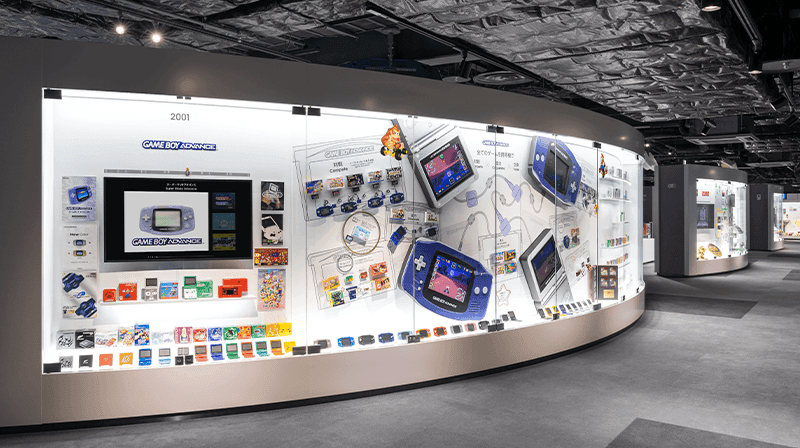Nintendo will open a museum celebrating its 135-year-old history on the site of its original factory this October.
The museum, located in Kyoto Prefecture, Japan, will exhibit an exhaustive collection of products created by the company over the years, beginning with hand-painted playing cards known as Hanafuda and Karuta cards, which were the company’s original focus when it opened its doors in 1889.
Nintendo’s most famous products, video game consoles and games, make up the headliners of the museum, with original examples of everything from the Game & Watch to more modern items like the GameBoy.
There is also an emphasis on the comparison between products made for the Japanese market, like the Famicom, and its international counterparts, like the NES.
In addition to consoles, the display will include games as well. One title seen in the company's promotional material is an original “Donkey Kong” game, seen in Japanese, European and American iterations.
Design elements and graphics such as the iconic “?” block found in games like “Super Mario Bros.” are shown highlighting its evolution over the years.
Interactive experiences and games will also play a large part in the museum, which is now accepting drawings to win tickets for November.
With the opening of the museum and the curation and exhibition of these relics of video-game history, many of the most collectible items of the past 50 years will be recognized as vital cultural artifacts.
This comes as many of these same pieces have emerged as valuable collectibles, with record-setting sales for video games and consoles — such as the $2 million paid for a sealed copy of “Super Mario Bros.” and the $120,000 paid for a sealed NES console.
Though for some it may be jarring to see items from one’s own childhood displayed in a museum, Nintendo is only confirming what so many have known for years regarding the importance of preserving the evolution of video games over the years.
Will Stern is a reporter and editor for cllct.

